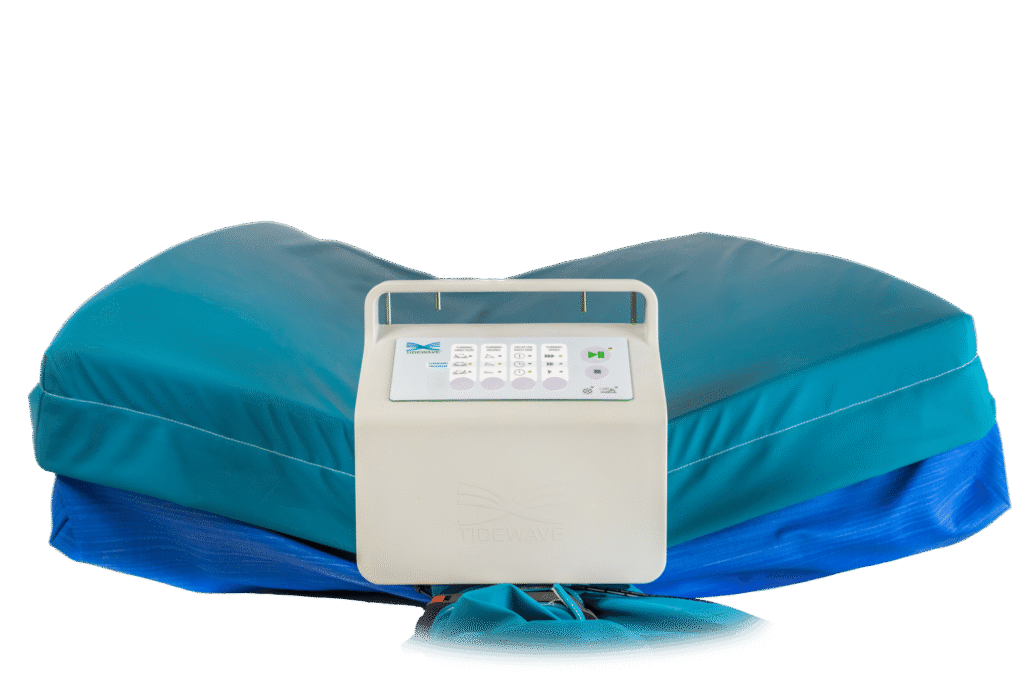In line with the development of technology and the increased focus on inclusion and quality of life, assistive technology has become more advanced, accessible and adapted to individual needs than ever before. Whether you have a disability, want to support a relative, or work in health and care, it’s important to know how to choose the right assistive device in 2025. This guide gives you a thorough introduction to what is available, how to assess needs – and what steps you should take to get access to the right equipment.
What are assistive devices?
Assistive devices are products or technological solutions that are intended to help increase functional ability and independence for people with reduced physical or cognitive function. It can be anything from simple tools such as grip pliers or shower chairs, to advanced technology such as robot-assisted walking or reversible mattresses.
Who needs assistive devices?
The need for assistive devices can arise in different phases of life:
-
Older people who experience reduced mobility or balance.
-
People with chronic diseases that affect movement, vision, hearing or cognition.
-
Children and young people with developmental disorders or disabilities.
-
Rehabilitation patients after injuries or surgeries.
-
Next of kin and health personnel who want to make everyday life easier and safer for others.
How to choose the right assistive device in 2025
1. Start with needs mapping
Before looking at products, you need to ask a few basic questions:
-
What daily tasks are difficult to perform?
-
Are there specific situations (such as showering, moving, cooking) that need facilitation?
-
Is the challenge temporary or permanent?
-
What level of support is required – physical, technological or practical?
A good needs analysis provides direction for the types of aids that may be relevant.
2. Consult with professionals
In Norway, you are entitled to a professional assessment through your GP, occupational therapist or physiotherapist in the municipality. They can assist with:
-
Functional assessment
-
Suggestions for aids
-
Application to NAV Assistive Technology Centre
Occupational therapists have particularly good expertise in assistive devices and facilitation in the home.
3. Try the aid before you decide
It is important that the aid actually works in practice. Many municipalities and NAV Assistive Technology Centre offer testing of equipment in collaboration with the user and therapist. This provides an opportunity to test whether the aid gives the desired effect, is comfortable and fits into the surroundings.
4. Know the regulations – what are you entitled to?
Many assistive devices can be covered in whole or in part by NAV, provided that they are necessary and appropriate. In 2025, the following principles will still apply:
-
Assistive devices must compensate for permanent disability (more than 2 years).
-
There must be a professional justification.
-
NAV has its own application forms and procedures, often with the help of a professional.
For short-term needs, there are lending options via the municipality or private suppliers.
5. Choose the right type of assistive technology
Here are some of the most common categories in 2025:
-
Mobility: Walkers, wheelchairs, electric scooters and robot-assisted walking.
-
Communication: Voice computers, symbol-based apps, and eye-controlled technology.
-
Sight and hearing: Magnifiers, reading TV, hearing aids and vibration alarms.
-
Daily activities: Special cutlery, dressing aids, shower chairs, grab pliers.
-
Smart home technology: Voice-controlled lights and locks, automatic fall warning, remote-controlled heater and heating.
6. Think long-term and user-friendly
An assistive device should make everyday life easier – not create frustration. Therefore, consider:
-
Easy operation
-
Easy cleaning and maintenance
-
Possibility of adaptation in line with changed function
-
Compatibility with other equipment in the home
New trends and technology in 2025
The market for assistive devices is developing rapidly, and in 2025 we see a particular focus on:
-
AI-based solutions that understand the user’s needs and adjust automatically.
-
Robotics for personal assistance and rehabilitation.
-
Integrated systems where assistive devices talk to each other in a smart home environment.
-
Wearable technology that registers movement, health values and provides alerts in the event of deviations.
This gives users greater freedom, security and the opportunity to live at home longer.
Where can you find assistive devices?
You can view and try assistive devices at:
-
NAV Assistive Technology Centre – offers counselling and testing.
-
The municipality’s occupational / physiotherapy service
-
Private suppliers with showroom and rental
-
Technology fairs and online stores with special expertise
NAV also has a web portal with an overview of approved products and application procedures.
Make choices that give freedom
The right aid can make the difference between addiction and independence. In 2025, the opportunities are greater than ever, but it requires knowledge and the right guidance. By mapping needs, involving professionals and trying out equipment, you can ensure that the device actually works in everyday life – and contributes to a safer, more active life.
Choose Tidewave for an independent life
For people who need help from others to change position in bed, Tidewave is a perfect choice for a more independent life. With gentle, continuous movement – it removes the need for manual repositioning. Which gives increased independence in life.
Fill out the form or see where you can get it here.

